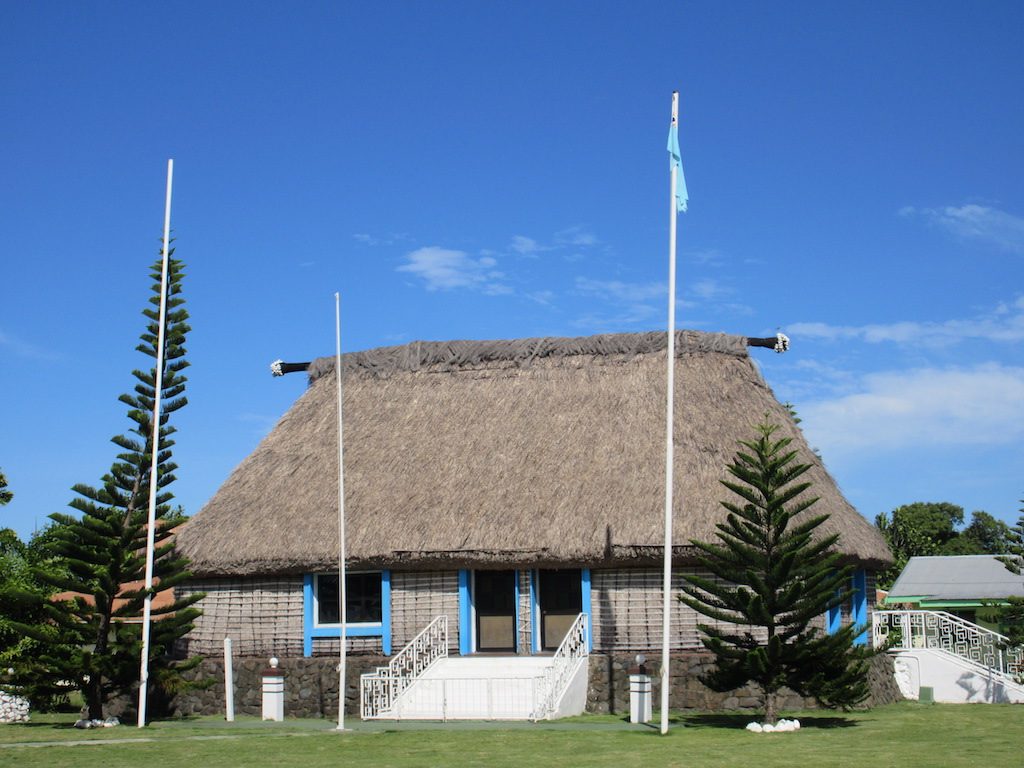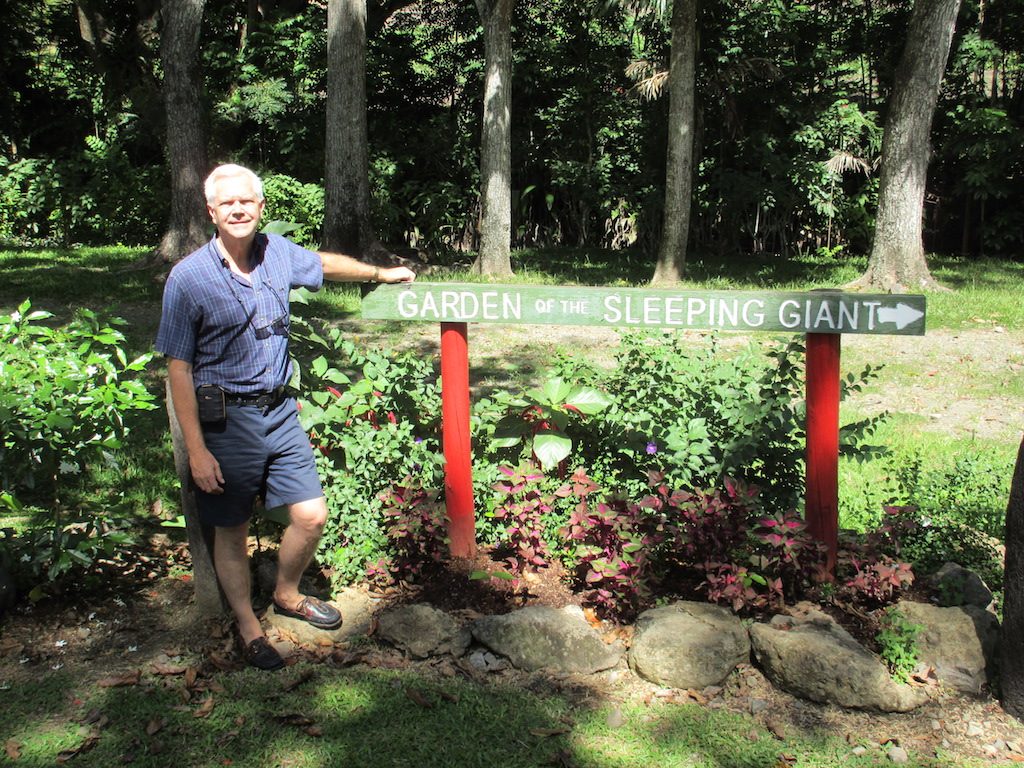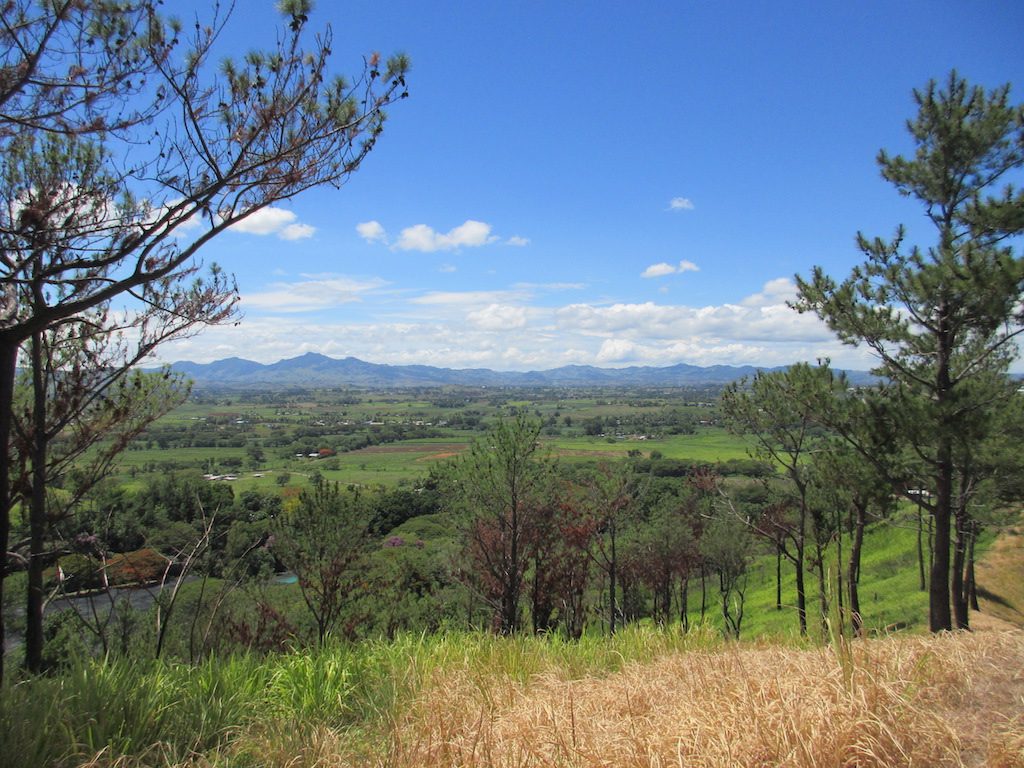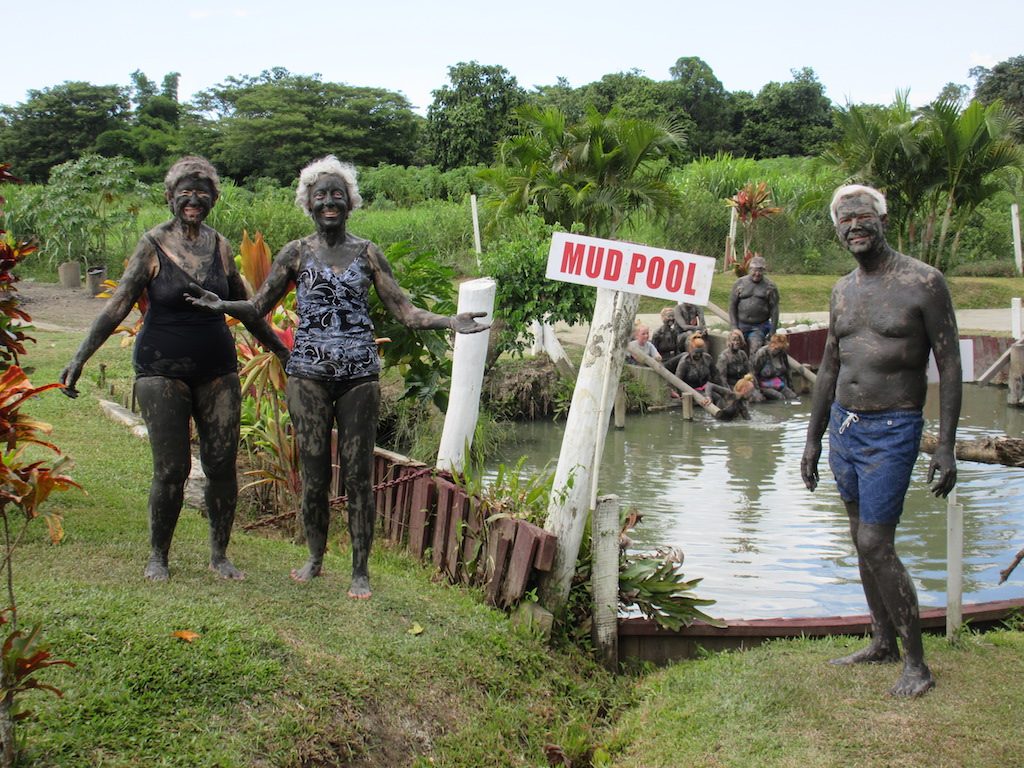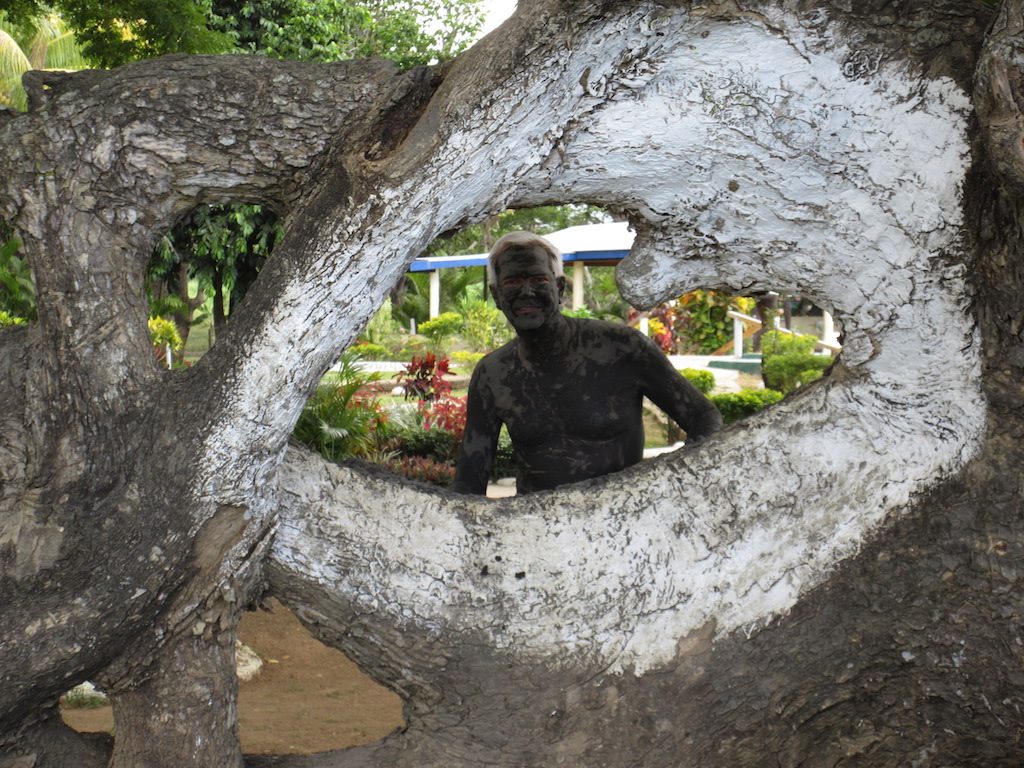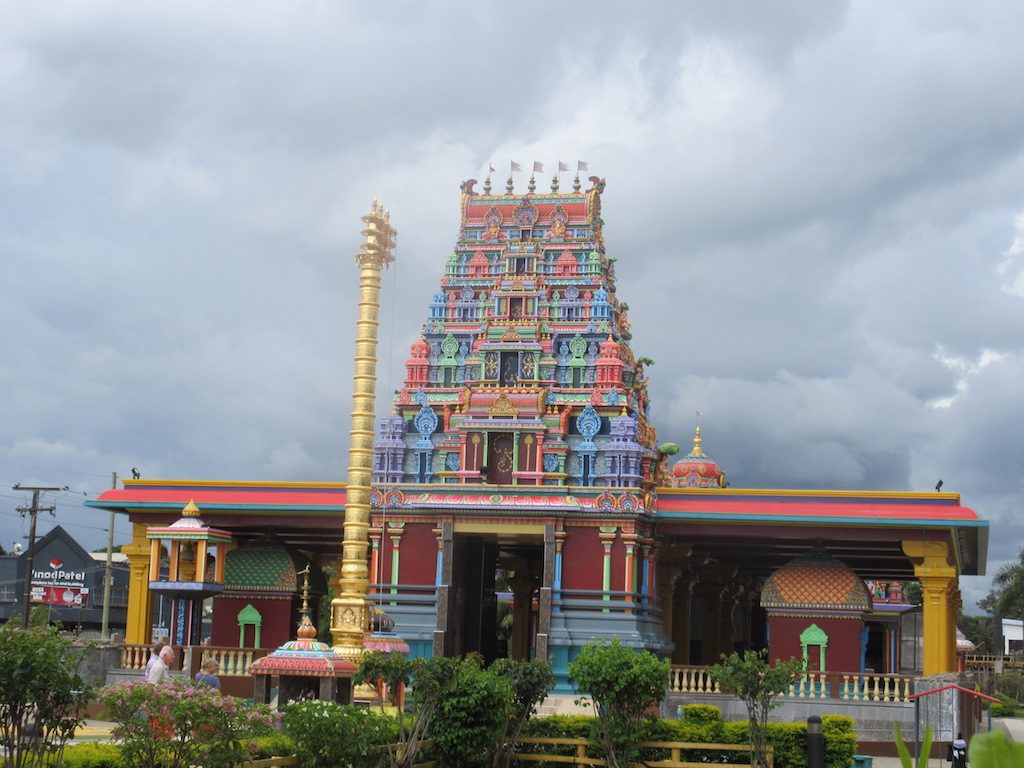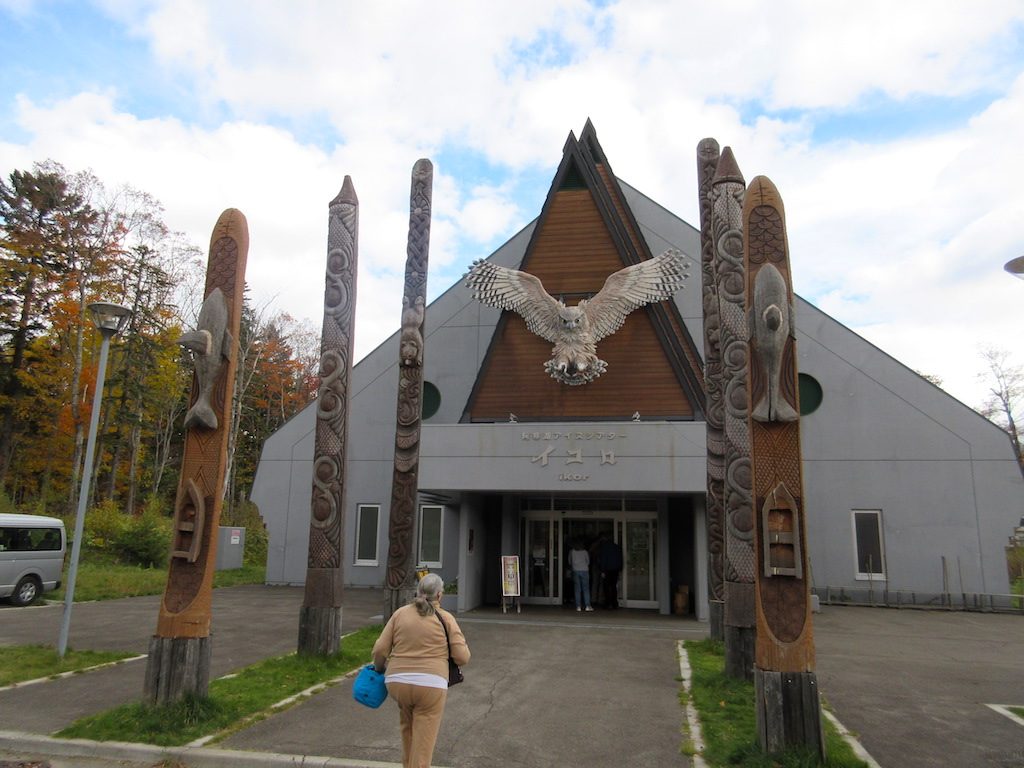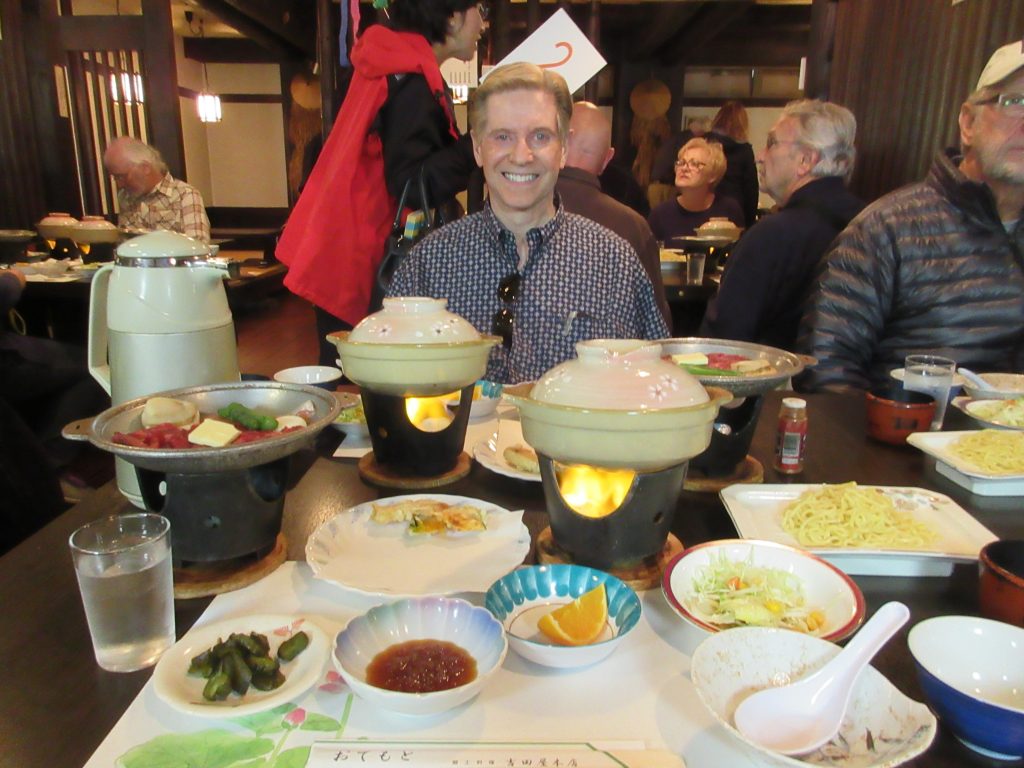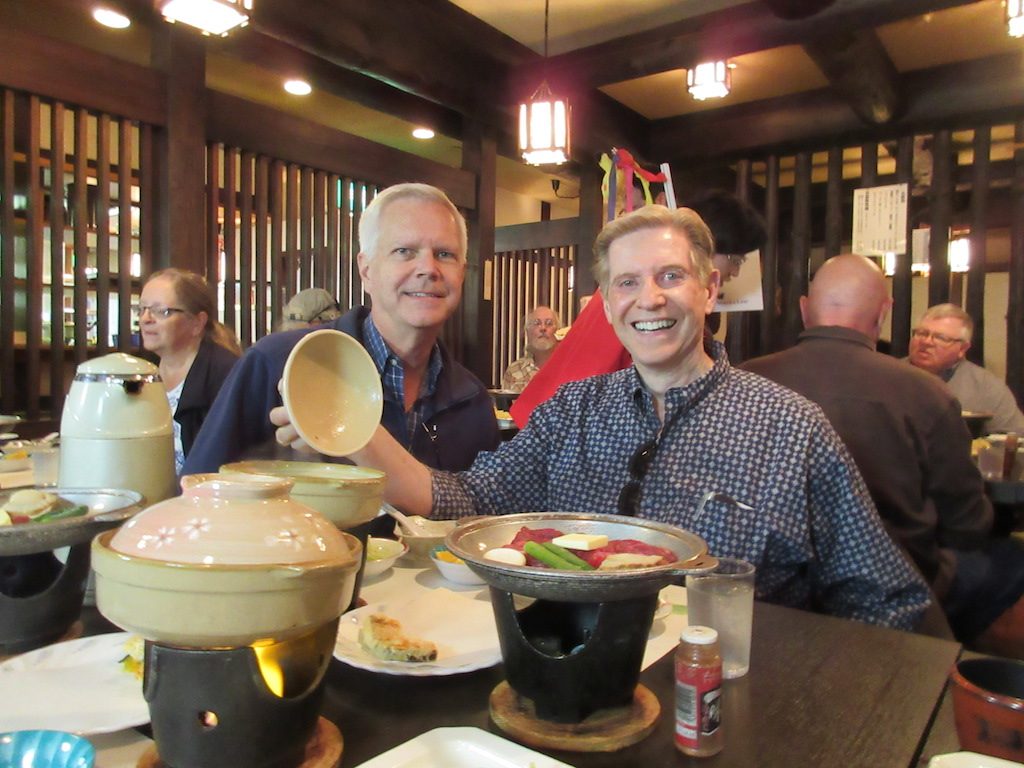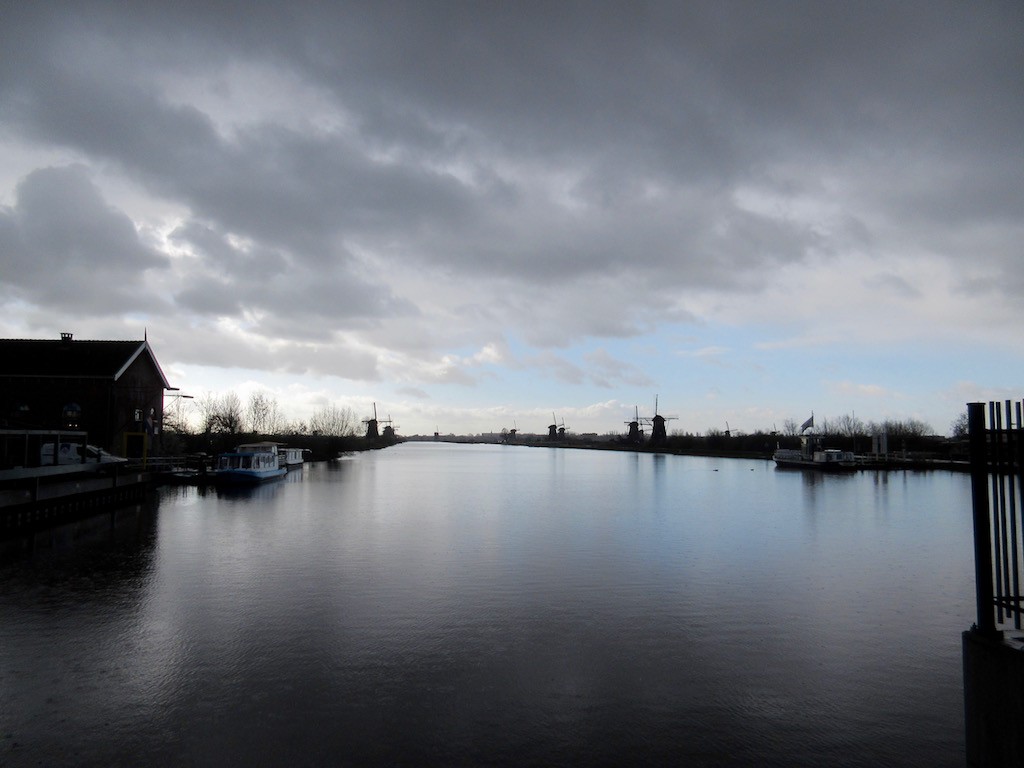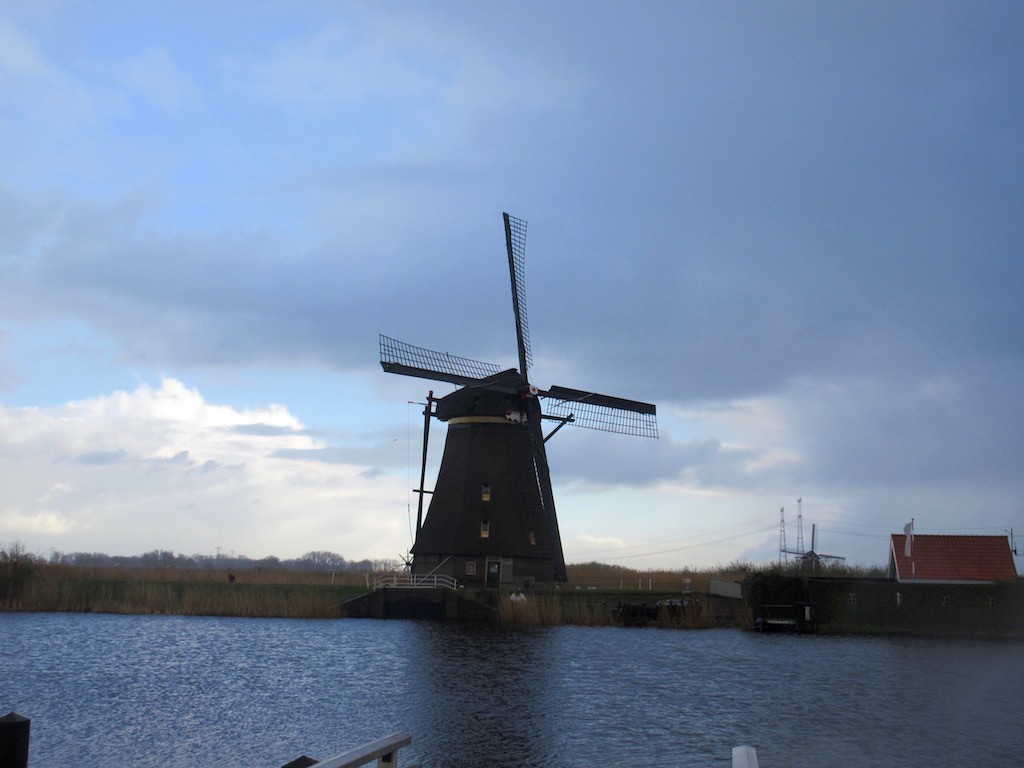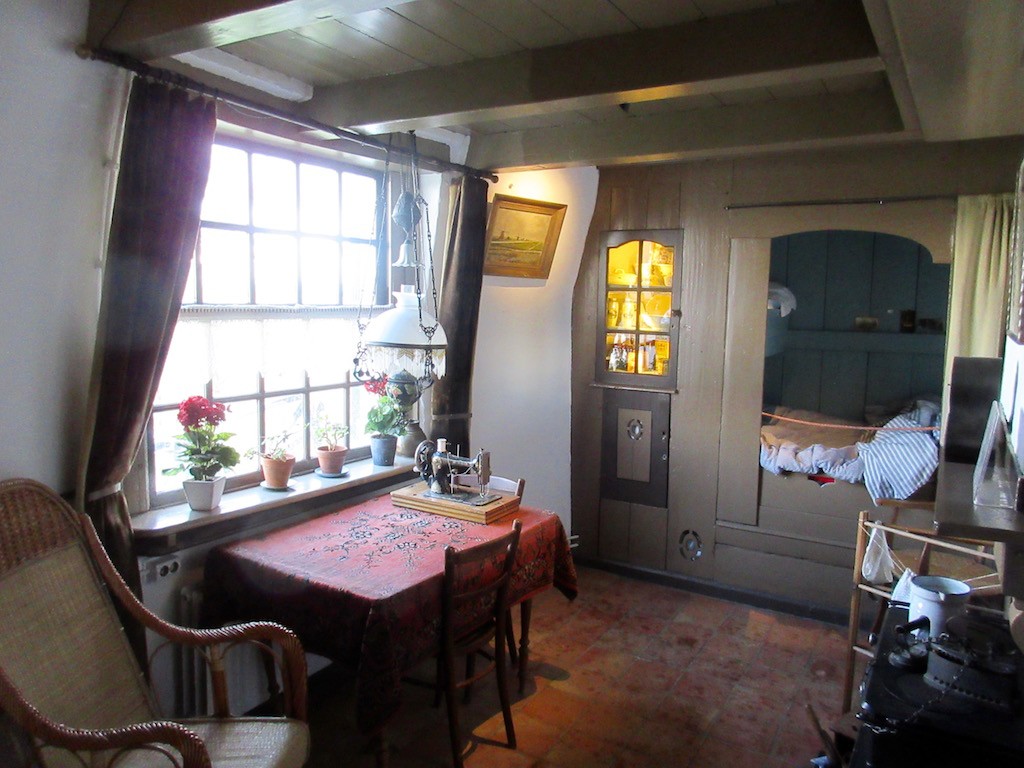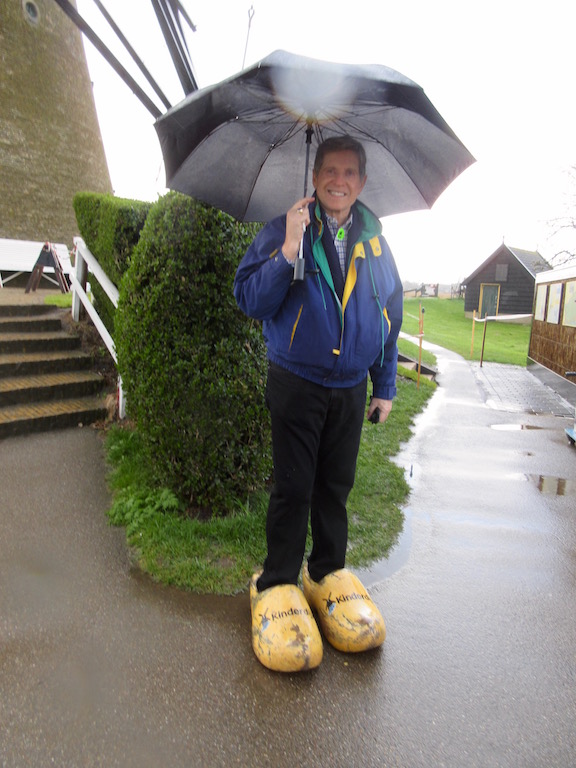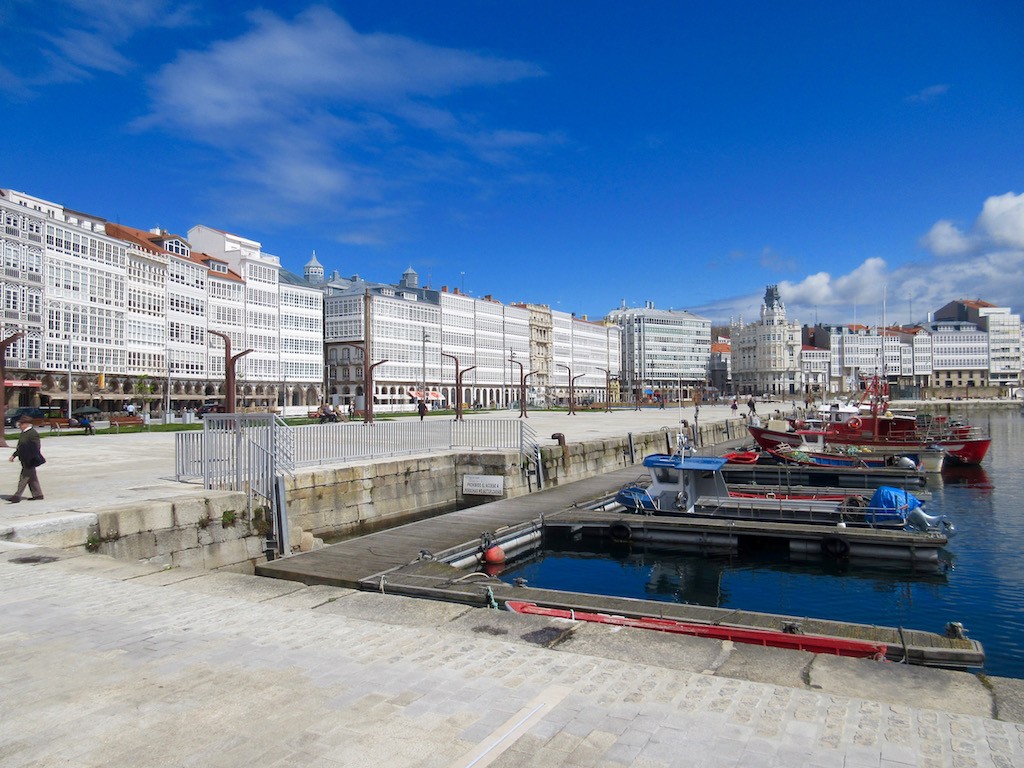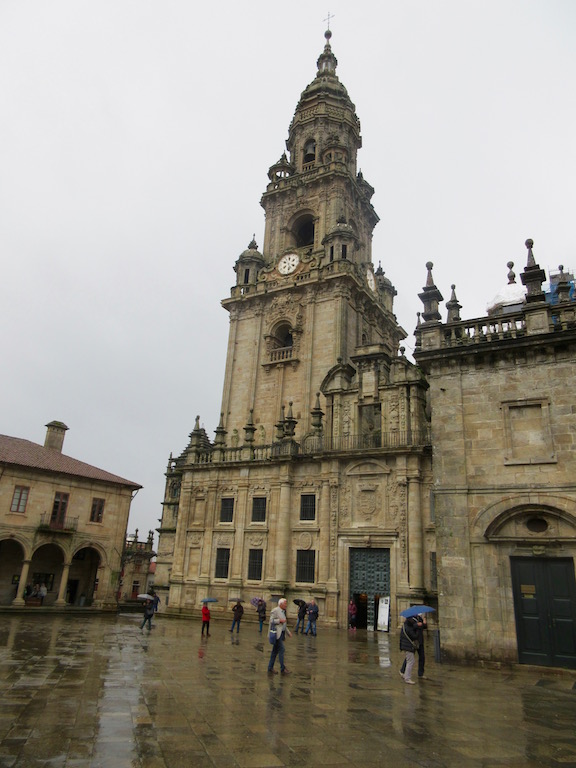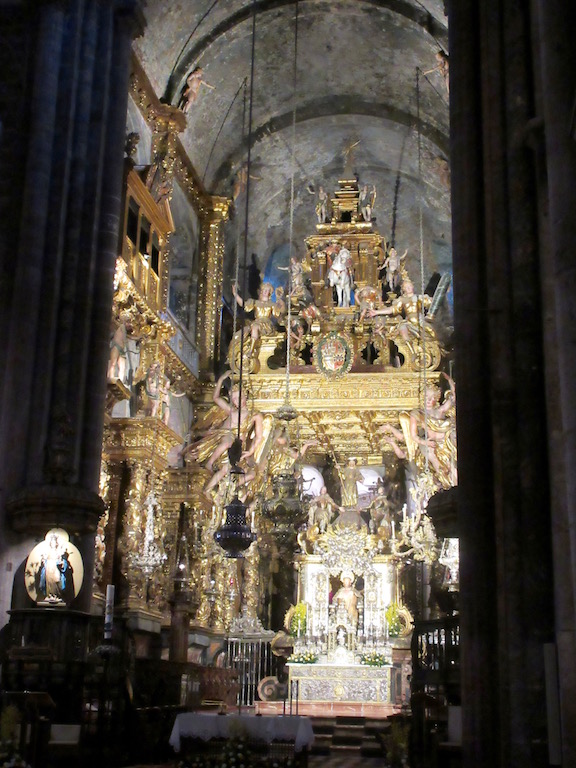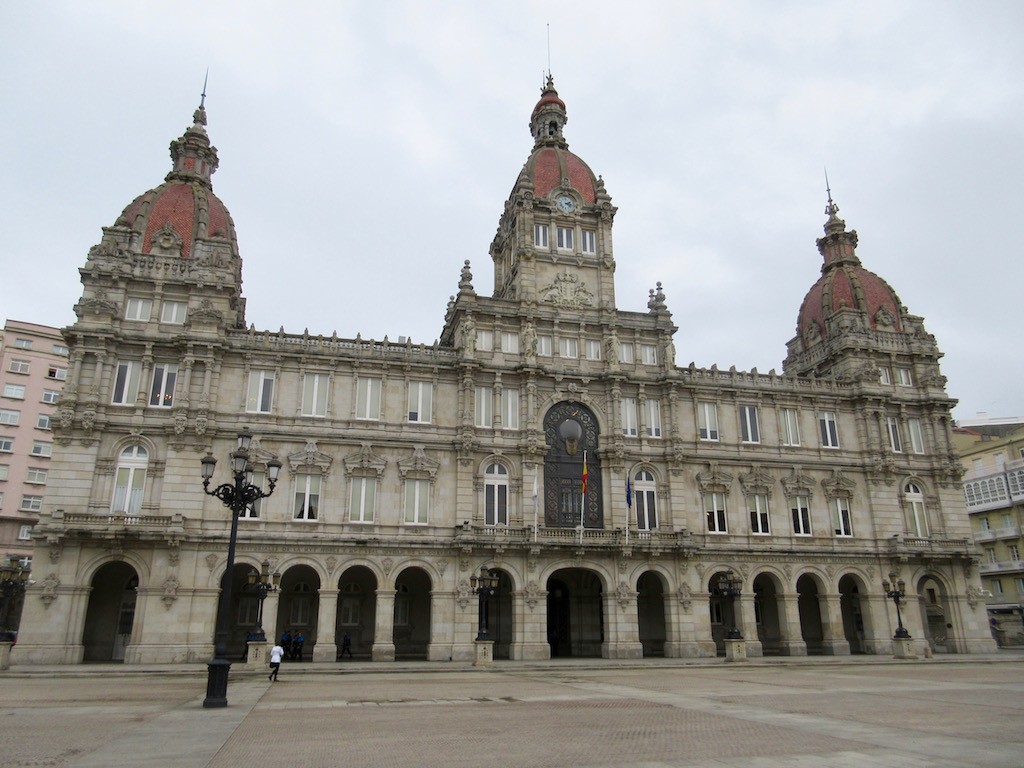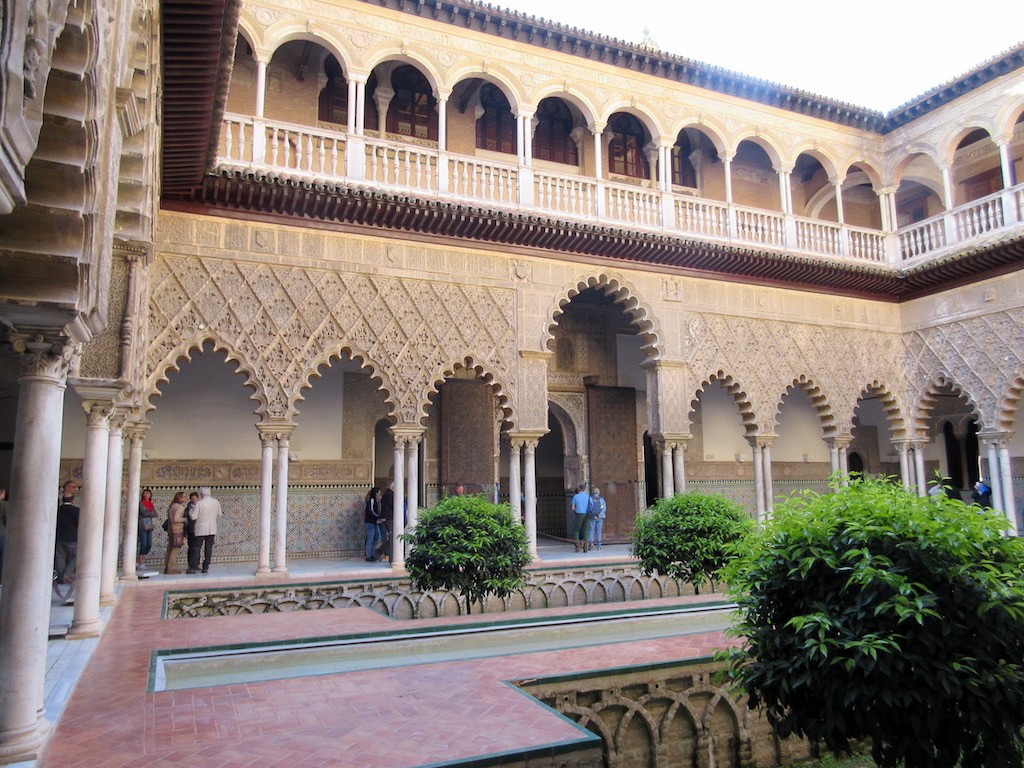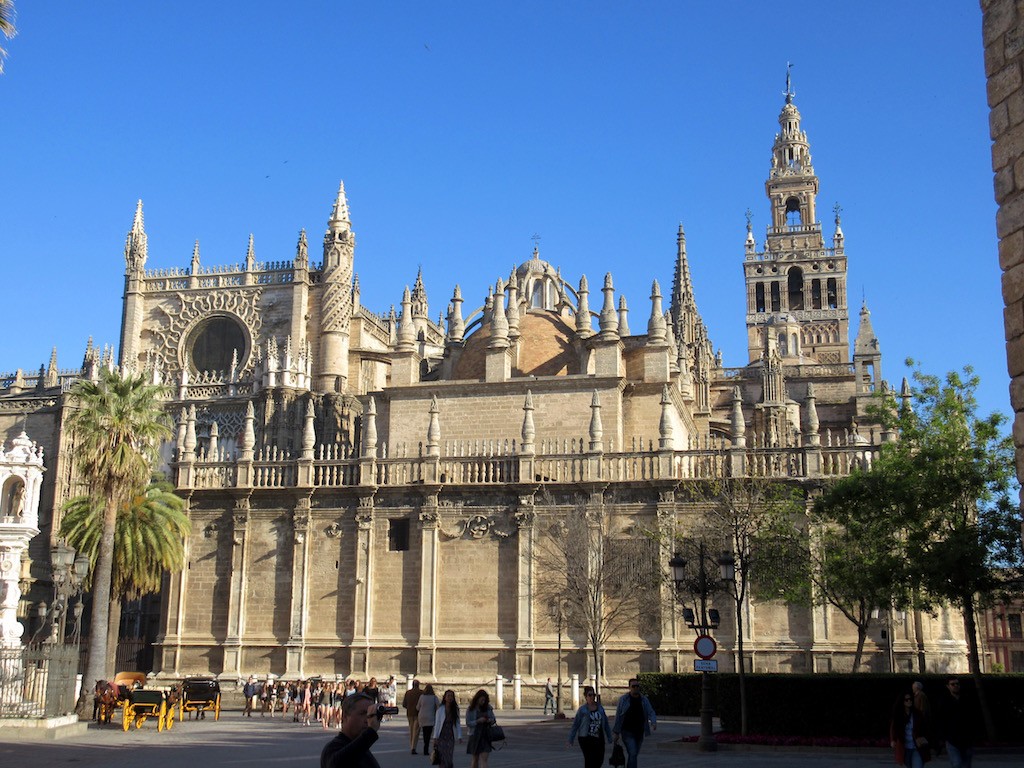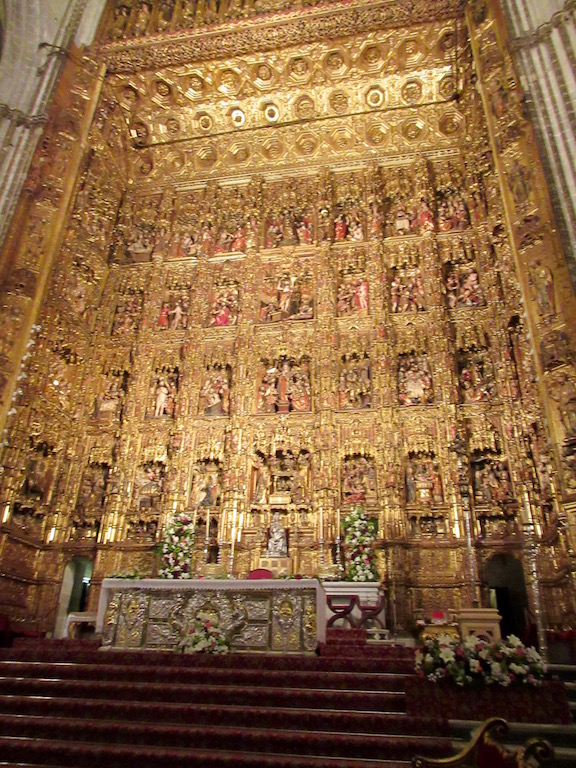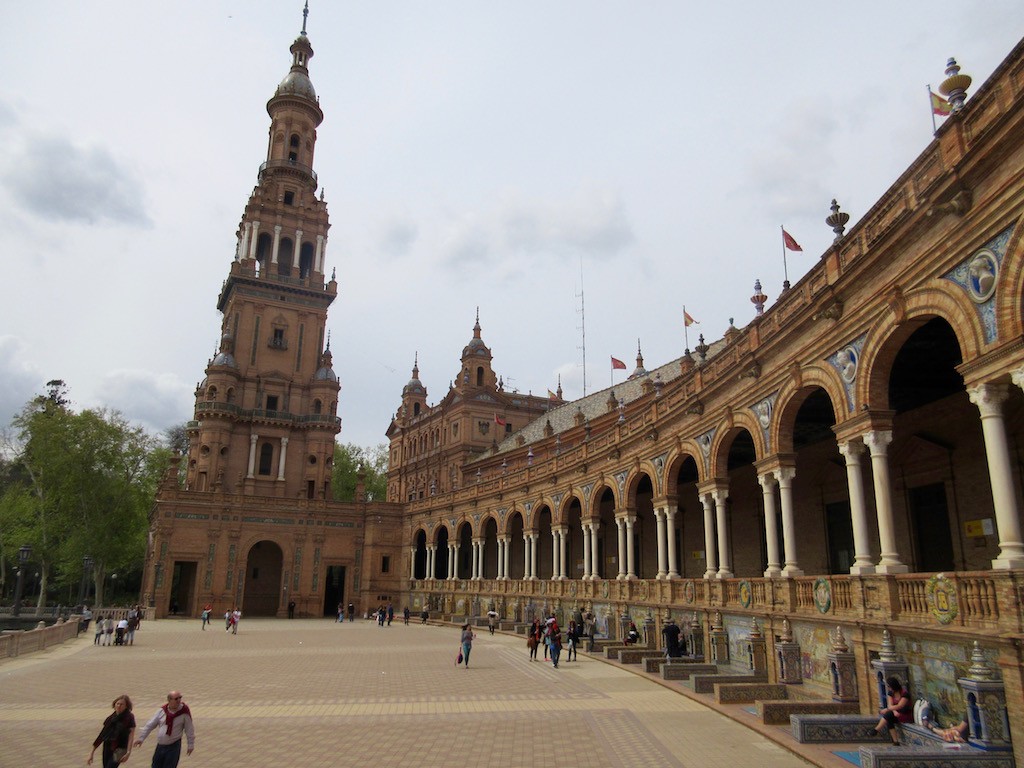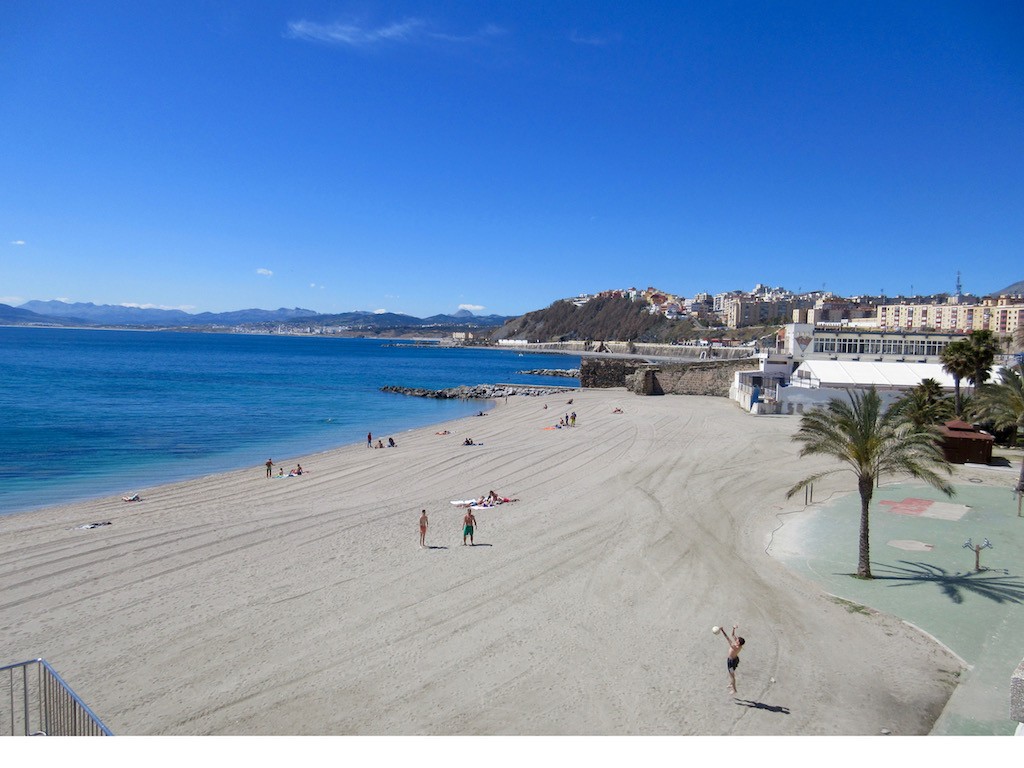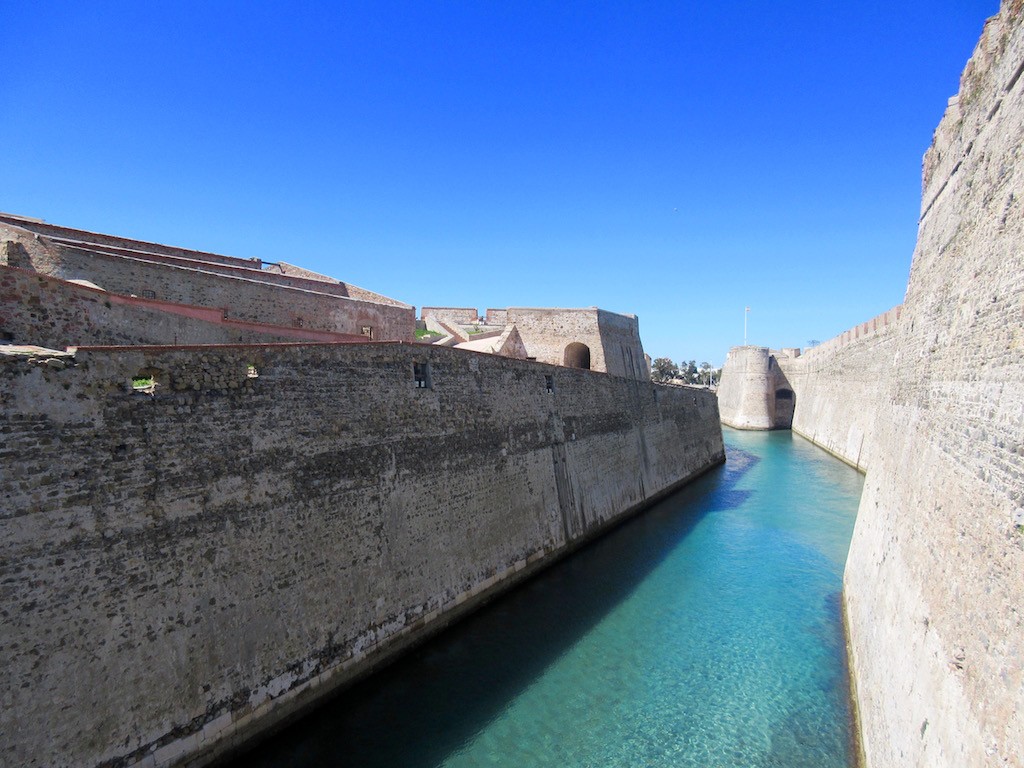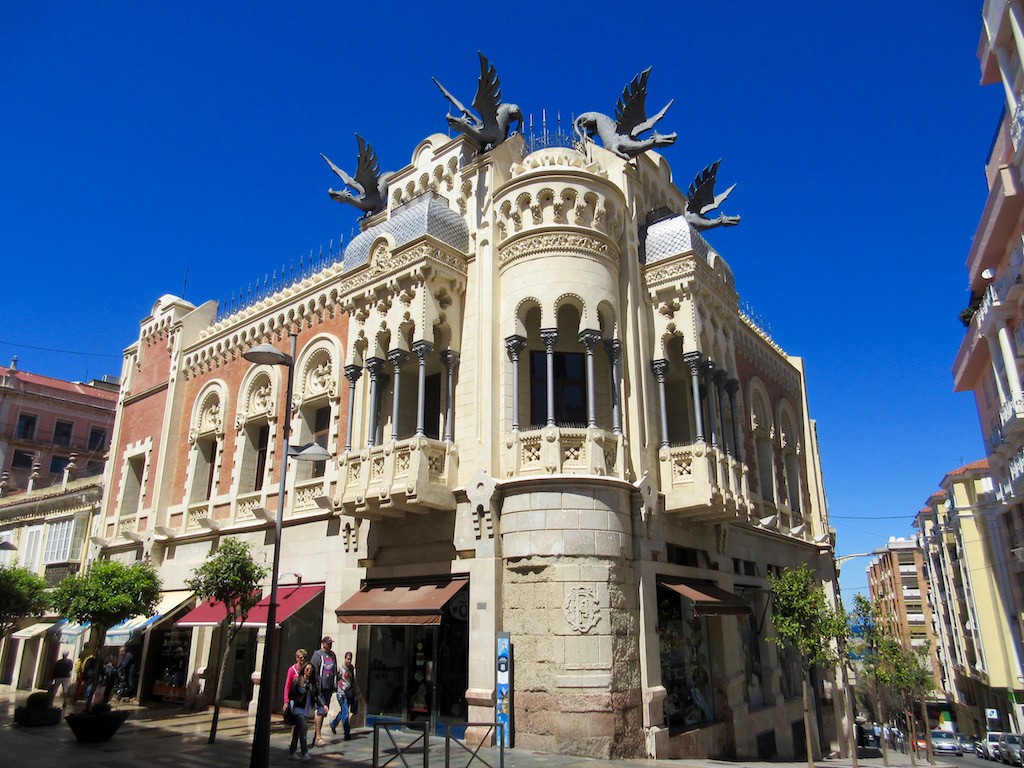Port Denarau is located on a small peninsula adjoining the town of Nadi on the island of Viti Levu in Fiji. The island is the largest of the 333 islands in Fiji and the town has a population of about 50,000 inhabitants. The locals are made up of Melanesian people as well as Indians who were indentured laborers brought here more than 100 years ago. The local economy is tourism and the production of sugar cane. Everyone greets you here with an exuberant greeting of Bula! The weather was very warm and very humid with some afternoon showers.
On this day we took a private tour with Ana and Sandy who live in our building in San Diego. We had a driver and guide by the name of Ali who is Indian, a fifth generation Indian born in Fiji. The first stop was a local village of some 1,000 residents who live along the coast in an area believed to have been the spot where the first settlers came ashore about 3,500 years ago. This village has a Chief, a Methodist Church, an elementary school and a sense of community. The village has homes clustered around depending on which of the four tribes you belong to. There is the warrior tribe, the communications tribe, etc. and each tribe is relegated to a different place in the village. The village has many open spaces of grass where you can wander around the village from one end to the other. The common areas all seemed to be beautifully maintained by the men and children of the village.
Our next stop was at the Garden of the Sleeping Giant nestled in a shady mountain valley with acres of orchids and other flowering plants. The gardens were founded by Raymond Burr in 1977 to house his own orchids and now the gardens house the largest display of orchids in Fiji. There was a lovely water lily pond with frogs resting on the lily pads. The gardens had many mango trees; there were blooming ginger and heliconia plants as well as many more.
After our hike in the garden valley we headed to the Sabeto Mud Pools where we enjoyed mud baths, hot springs and a massage. The mud is local from this site and you spread it all over your body from head to toe, excluding your hair. Once you are covered in the mud you let it dry in the hot humid weather. Once the mud has dried you enter the first of four pools to begin washing the mud from your body. This first warm pool of mud gets the majority of the mud off of your skin before you proceed to the next natural hot springs pool. The hot springs come up out of the ground here naturally and heat the water in the pools. In total we bathed in four different pools of hot spring water which was very relaxing and fun to do. Kent was not interested in the mud bath so he enjoyed a massage while we had the mud baths.
Next, we headed into town where we visited a local handicraft shop filled with locally made souvenirs, mostly wood carvings of all shapes. We also wandered the local avenue of shops where Kent found just the souvenir he had been looking for: a cannibal fork carved from wood. Not everyone can say they have one of these.
We made a quick photo stop at a Hindu Temple before heading to a fruit and vegetable market for Sandy and Ana to pick up some mango and guava they wanted. The market had some very interesting fruits and vegetables and the prices seemed very reasonable. Our last stop on the way to the ship was a stop at a roadside stand for fresh coconut water for Sandy and Ana. Unfortunately, the coconuts were not as young and sweet as they had hoped for. All in all, it was a great visit.
Back onboard we enjoyed a variety show featuring the Sandman Marcus Winter and comedian and vocalist Tricia Kelly.

